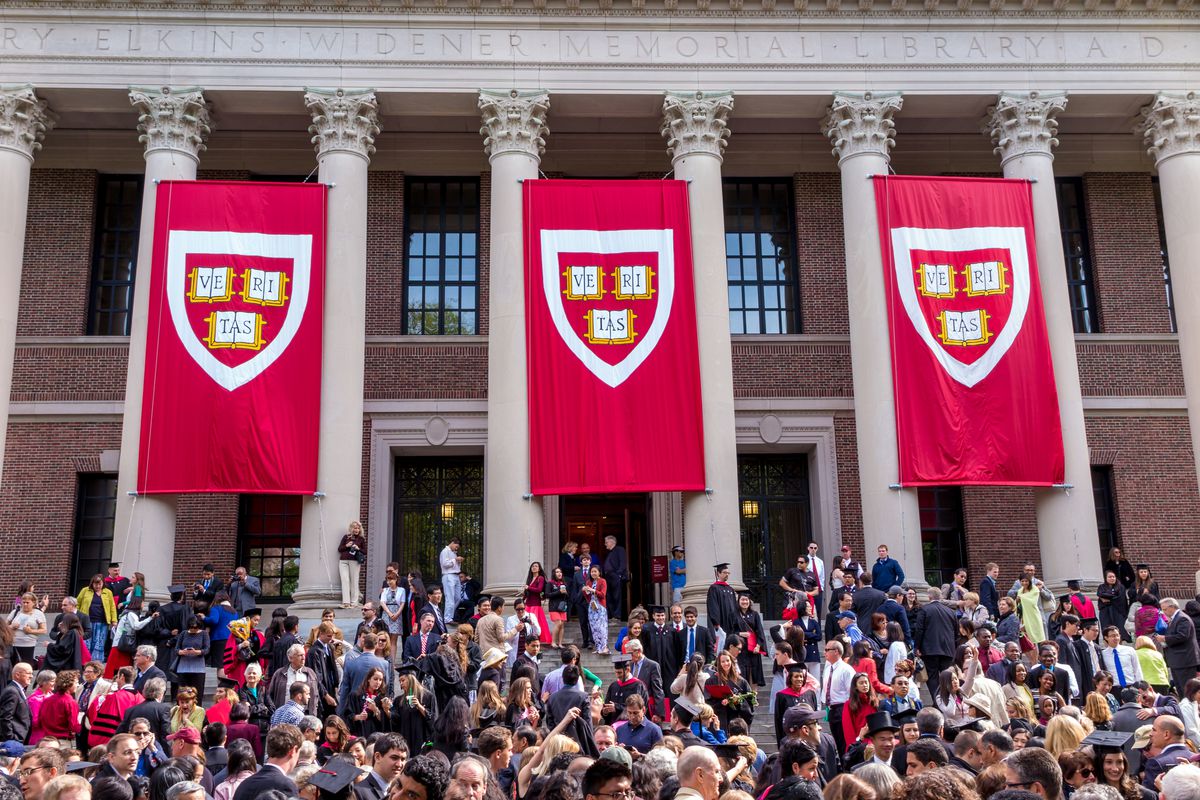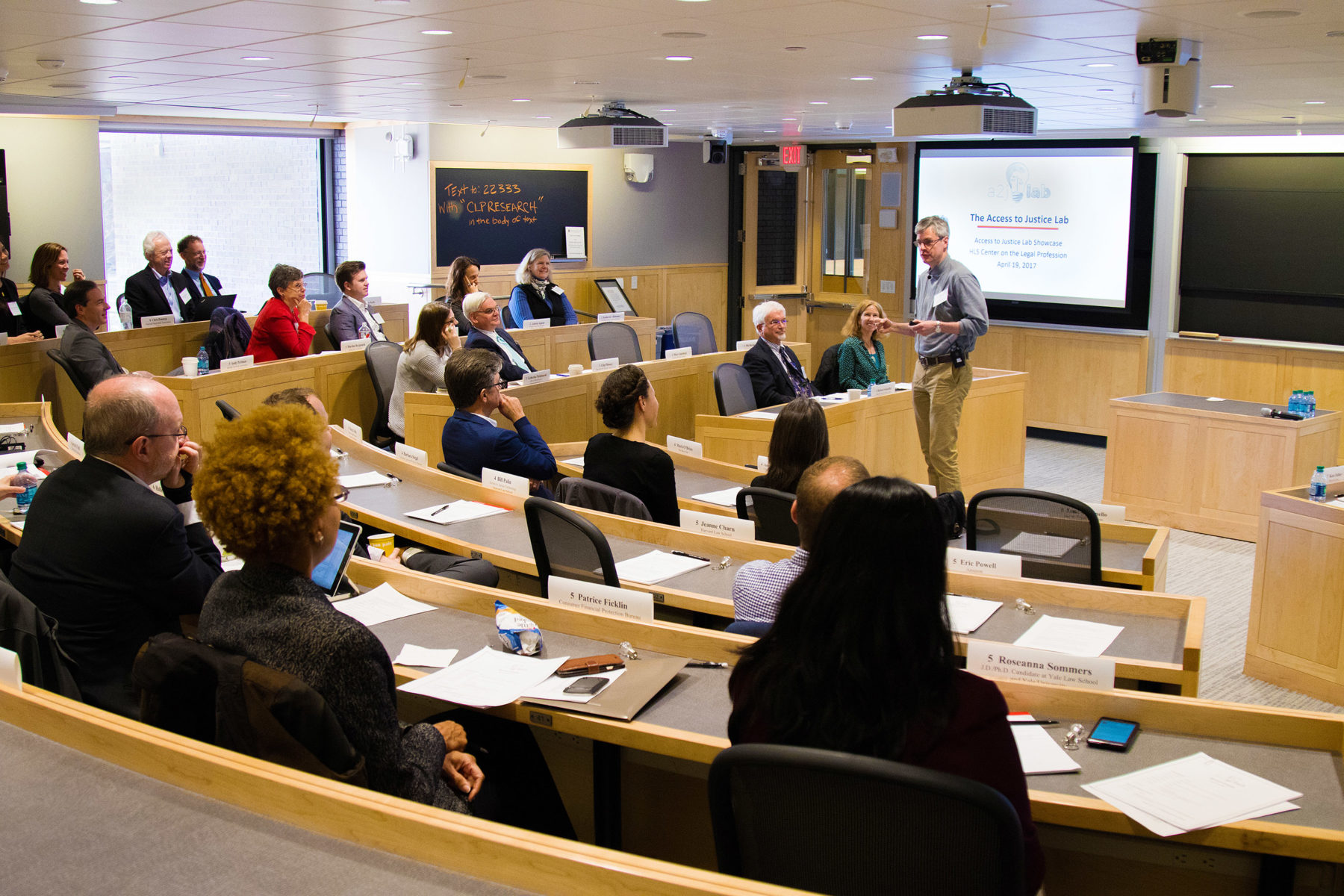The Harvard course “Justice”
Increasingly popular in the world becomes distance learning. With it, often free. The relevance is clear (it is difficult to imagine under any other circumstances most of us would have had the opportunity to listen to a full course of lectures by Harvard professors or the University of London or any other leading Western University).
Of course, to say that in this format these courses can replace the “classical” education, earlier. Yes, and the initiators of their creation in front of the goal pose. (Although some educational institutions to seriously undertake projects full implementation of distance learning as a separate form of education, but before them the question immediately arises about the control of knowledge. However, this is a topic for another conversation).

So the Harvard course “Justice”. In the beginning of the idea of such courses. And what I would like to see the implementation of such projects and the leading higher schools.
And the idea is, again, the example of “Justice”. Michael Sendel, Professor of Harvard, in his time, published his book Justice: What’s the Right Thing to Do?, gain popularity among readers and recognition amongst colleagues.
As for training, it is organized as follows. A half-hour lecture, read by Michael Sendel in the student audience, occasionally turning to students with a particular controversial issue and many Express their opinion. Attached to the lecture material or the reading and tests for self-control with a subsequent explanation of each answer. In addition to the stage was read, you need to participate in discussions on issues which are also proposed by the lecturer, and to speak at the forum their opinion about this or that problematic situation. In addition, a dedicated time when students can ask questions to the teacher. The course lasts for 2.5 months. At the end of lectures examination, the results of which may be issued with a certificate of the appropriate course.
The model is implemented and sufficient in the domestic system of education. And, I think, to interest the students.
Now the content of the course. Complete picture, of course, not yet developed, because the course has just begun, it’s only been two lectures (of which the total duration (55 minutes) is less than the standard lecture in the University (1 hour 20 minutes)). So far, only questions, the answers to which, apparently, will be given in subsequent lectures. Will illustrate.
The course starts with the fact that the lecturer proposes to represent this situation. You the driver, the brakes failed on the way a team of workers of five. But You can roll, but then neither can to completely avoid lethal consequences. However, it will bring down only one person. Question: do You swerve to the cost of the life of one person to save five lives? Of course, most of the audience raises his hand in a sign that this situation will change.

In response, the lecturer offers a different situation. The machine again and again brakes failed. But now You not the driver. You see from the side, from the bridge. However, You can intervene and save everyone. You can throw it under the wheels of the car of a man who stands on the bridge next to You. Do You do so? The situation is reversed most of the audience to do not ready, believing this act of murder.
“Why asks the lecturer in one situation you are willing to sacrifice the life of one man to save five, and in another death again one think of murder?”
Another example: a doctor that can save the lives of five people who need organ transplants, but the cost of the life of one healthy person. And again, most of the audience did not consider it possible to sacrifice one person’s life in order to save five lives.
In the book Michael Sendel brings another example that actually occurred in real life. We are talking about one of the operations in Afghanistan. Then a detachment of American soldiers were preparing to attack into the ambush of militants. However, it was accidentally discovered by two peasants and a boy who were tending sheep nearby. Before the head of the group the question arose: to kill these people so as not to risk being discovered by the militants, or to let go (“not to take the sin of killing innocent people”)?
Associate them was not possible, that is, the choice really came down to the designated alternative. It was decided to let it go. But half an hour later a squad of American soldiers was almost completely destroyed, very few survived, including the head unit. The operation was disrupted, the head of the condemned. As the author says, in his memoirs, the head of the detachment cannot forgive the decision to release peasants, considering himself guilty of all that happened. However, according to Michael Sandela, to make the assessment he could only after the fact. And the complexity of moral choice is always that making it, we do not know in advance what the consequences it will entail and whether they are optimal in the current situation.